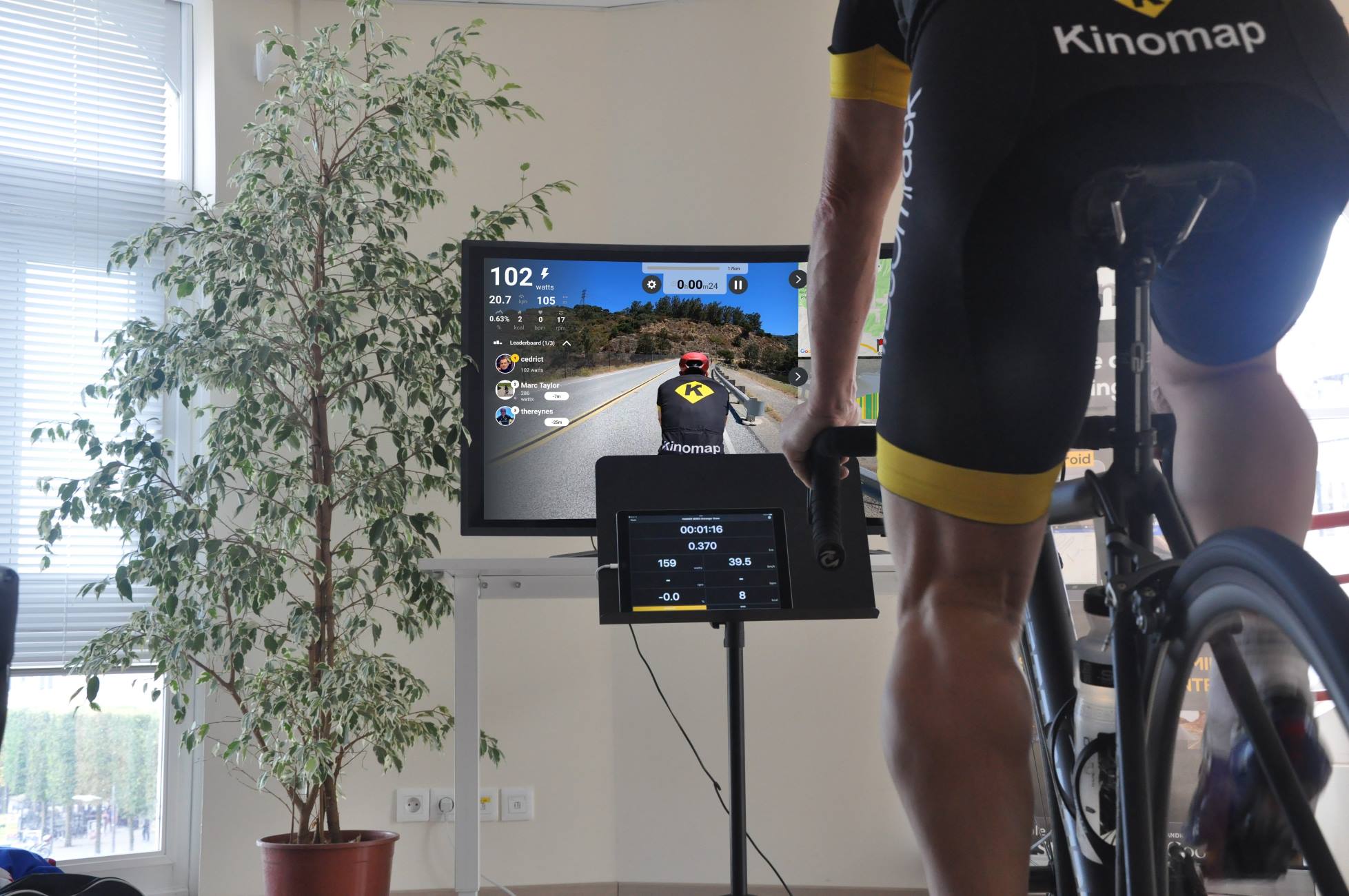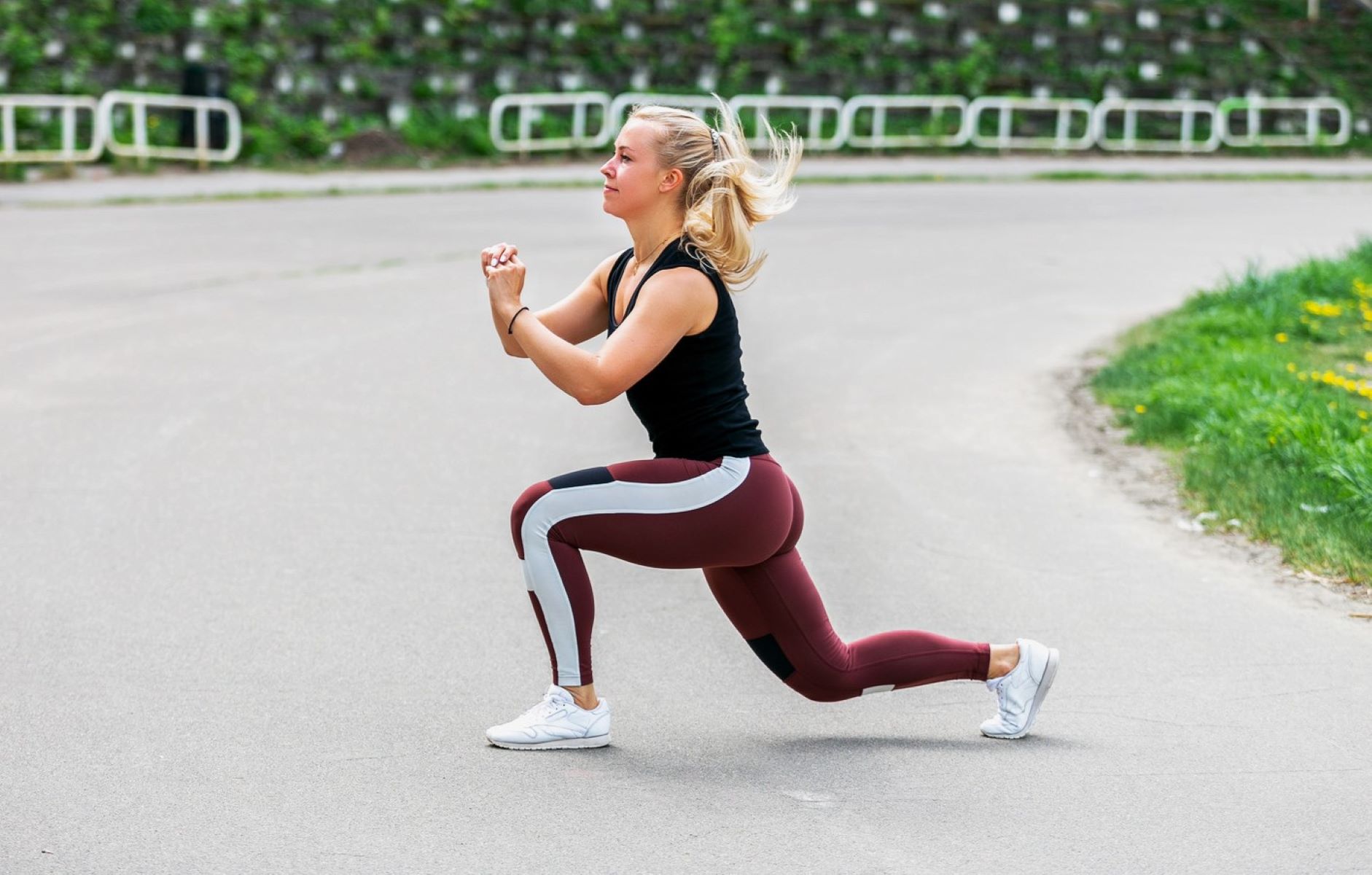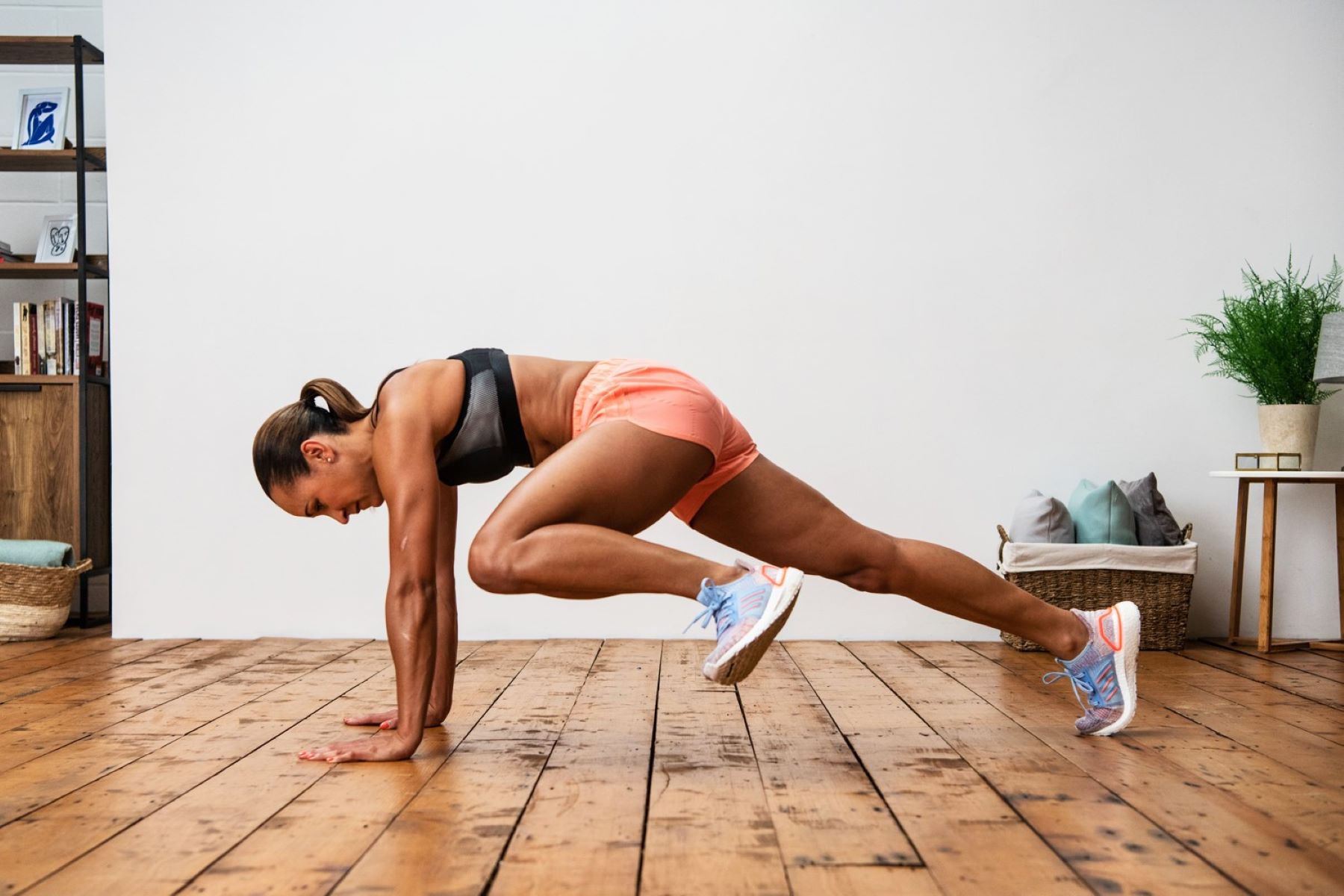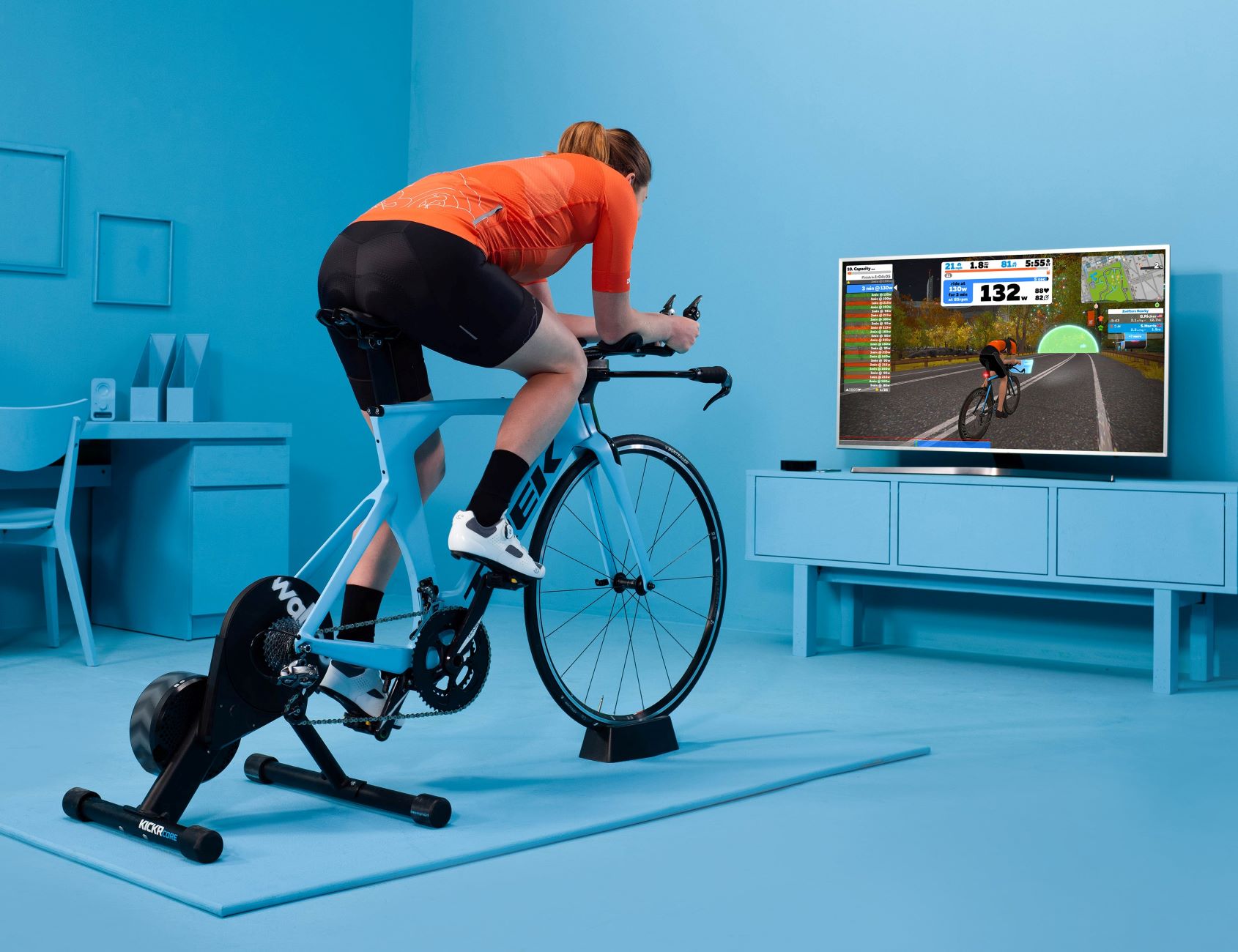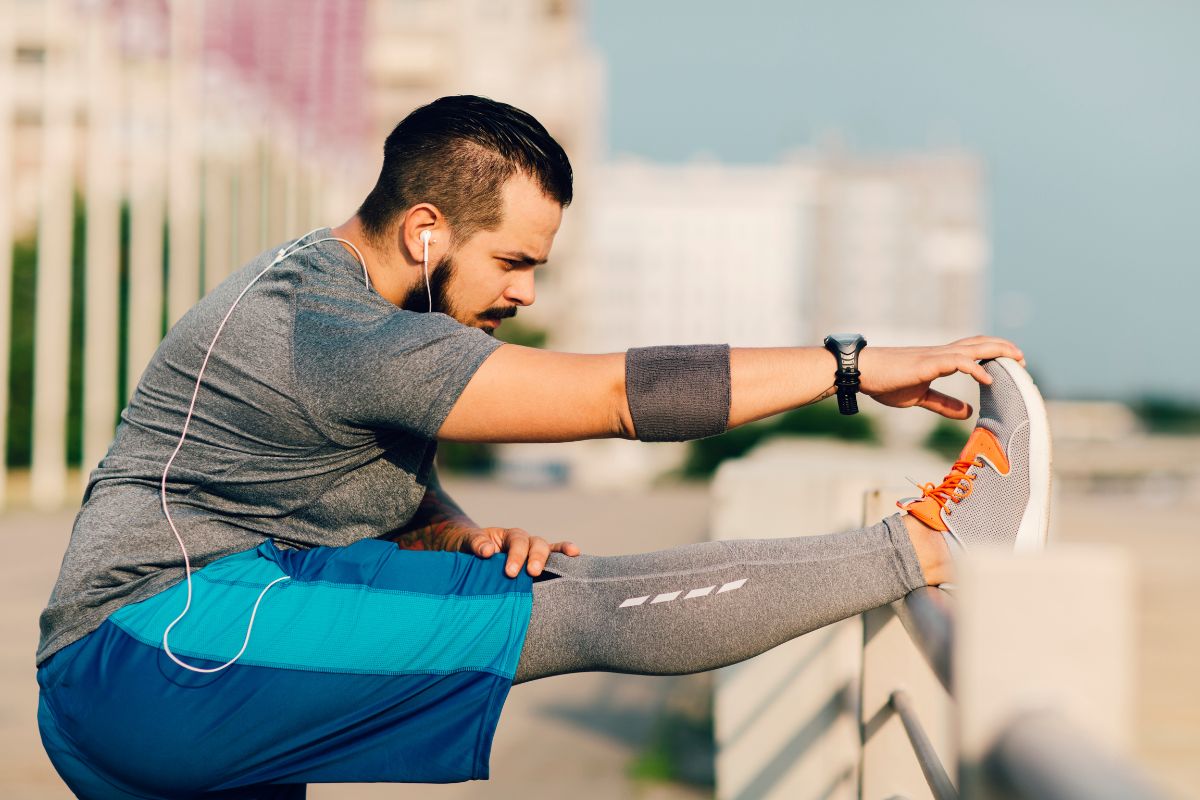Home>Training & Techniques>The Importance Of Jump Squats For Runners
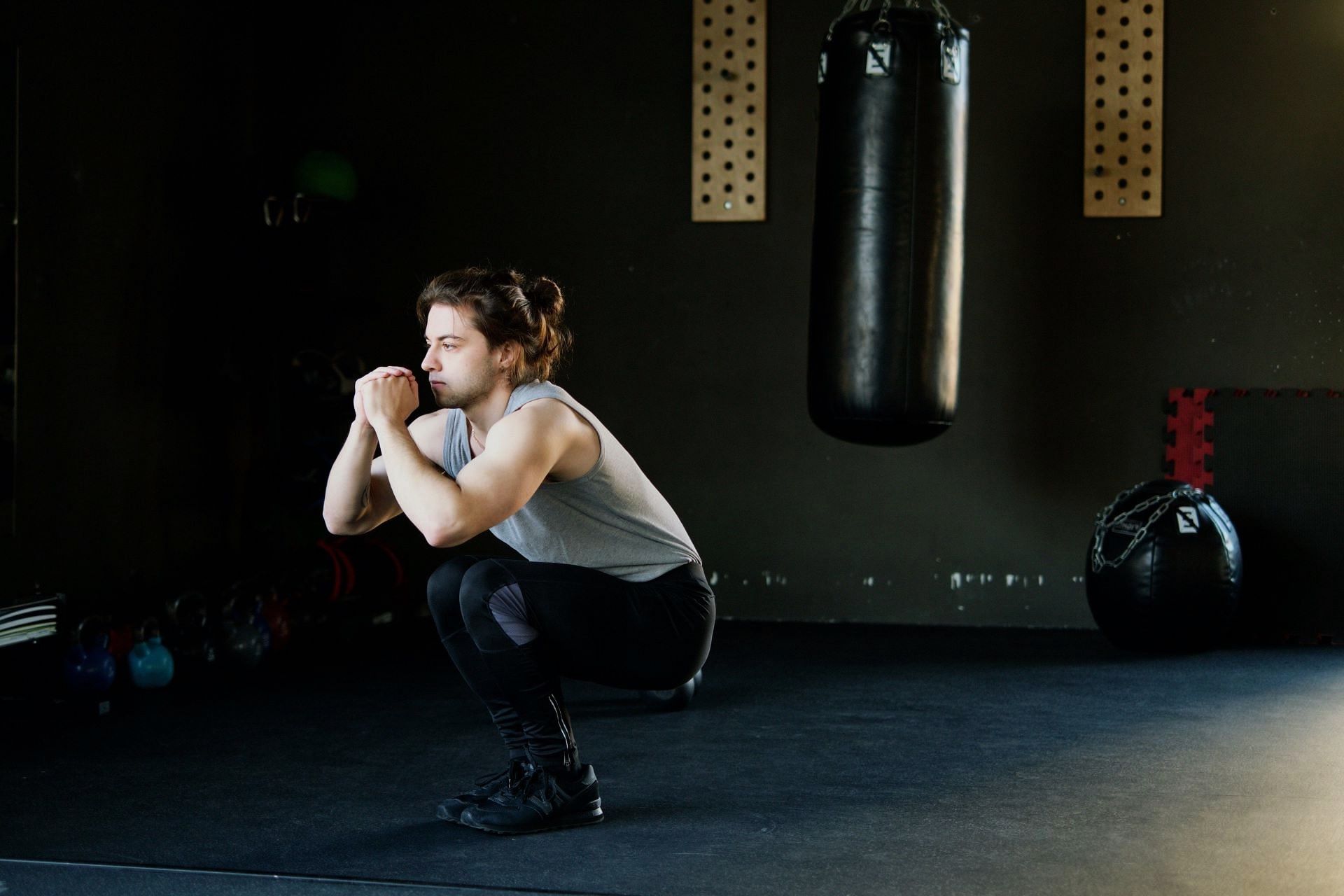

Training & Techniques
The Importance Of Jump Squats For Runners
Published: February 29, 2024
Discover the benefits of jump squats for runners and how they can improve your training and techniques. Incorporate this powerful exercise into your routine for enhanced performance and endurance.
(Many of the links in this article redirect to a specific reviewed product. Your purchase of these products through affiliate links helps to generate commission for Therunningadvisor.com, at no extra cost. Learn more)
Table of Contents
Benefits of Jump Squats for Runners
Jump squats are a dynamic exercise that offer a myriad of benefits for runners. Incorporating jump squats into your training routine can significantly enhance your running performance and overall fitness. Here are some of the key benefits of jump squats for runners:
-
Improved Lower Body Strength: Jump squats primarily target the muscles in the lower body, including the quadriceps, hamstrings, glutes, and calves. By performing this explosive movement, runners can effectively strengthen these muscle groups, leading to enhanced power and endurance during runs.
-
Enhanced Explosiveness: Jump squats are a plyometric exercise that focuses on explosive movements. This type of training can help runners develop greater explosiveness and speed, which are essential for sprinting and conquering challenging terrains.
-
Increased Vertical Leap: As the name suggests, jump squats involve a vertical jump after each squat. This action helps improve your vertical leap, which can be advantageous for navigating obstacles, such as hurdles or uneven terrain, during a run.
-
Improved Balance and Coordination: Jump squats require coordination and balance to execute the movement effectively. By incorporating this exercise into your training regimen, you can enhance your overall balance and coordination, which are crucial for maintaining proper form and reducing the risk of injury while running.
-
Calorie Burning and Weight Management: Jump squats are a high-intensity, full-body exercise that can contribute to calorie burning and weight management. By incorporating jump squats into your workout routine, you can boost your metabolism and improve your body composition, which can positively impact your running performance.
-
Injury Prevention: Stronger muscles and improved stability resulting from jump squats can contribute to injury prevention for runners. By strengthening the muscles around the knees, hips, and ankles, jump squats can help reduce the risk of common running-related injuries.
Incorporating jump squats into your training routine can provide a wide range of benefits that directly complement the demands of running. Whether you're a seasoned marathon runner or just starting your running journey, integrating jump squats into your workouts can contribute to improved performance, strength, and overall fitness.
Read more: The Importance Of Aquajogging For Runners
Proper Form and Technique for Jump Squats
Executing jump squats with proper form and technique is crucial for maximizing their benefits and minimizing the risk of injury. Here's a detailed guide on the correct form and technique for performing jump squats:
-
Starting Position: Stand with your feet shoulder-width apart, ensuring that your weight is evenly distributed across both feet. Engage your core muscles to maintain stability throughout the exercise.
-
Squatting Phase: Begin the movement by lowering your body into a squat position. Keep your back straight, chest up, and gaze forward to maintain proper alignment. It's important to ensure that your knees do not extend beyond your toes during the squatting phase to prevent unnecessary strain on the knee joints.
-
Explosive Jump: From the squat position, propel yourself upward explosively, extending your hips, knees, and ankles simultaneously. As you jump, swing your arms upward to generate additional momentum and height.
-
Mid-Air Position: While in mid-air, focus on maintaining a neutral spine and keeping your core engaged. This will help stabilize your body and prepare you for the landing phase.
-
Landing: As you descend from the jump, aim to land softly on the balls of your feet, allowing your heels to make contact with the ground afterward. Bend your knees to absorb the impact and maintain control throughout the landing phase.
-
Recovery: After landing, immediately transition into the next repetition by descending into the squat position to initiate the next jump.
-
Breathing: Coordinate your breathing with the movement. Inhale as you lower into the squat position, and exhale forcefully as you propel yourself upward during the jump.
-
Repetition and Sets: Aim to perform jump squats in controlled repetitions and sets, gradually increasing the intensity as your strength and proficiency improve.
It's essential to prioritize quality over quantity when performing jump squats. Focus on executing each repetition with precision and control, ensuring that your movements are fluid and explosive. Additionally, paying attention to proper breathing and maintaining a strong core throughout the exercise can significantly enhance the effectiveness of jump squats.
By mastering the proper form and technique for jump squats, runners can harness the full potential of this exercise to improve lower body strength, explosiveness, and overall athletic performance. Incorporating jump squats into a well-rounded training regimen can contribute to enhanced running capabilities and a reduced risk of injury, making it a valuable addition to any runner's workout routine.
How Jump Squats Improve Running Performance
Jump squats serve as a highly effective cross-training exercise that can significantly enhance a runner's overall performance. By integrating jump squats into a comprehensive training regimen, runners can experience a multitude of benefits that directly translate to improved running capabilities.
Enhanced Muscular Strength and Power
Jump squats target key muscle groups essential for running, including the quadriceps, hamstrings, glutes, and calves. The explosive nature of this exercise stimulates these muscles to develop greater strength and power, enabling runners to generate more force with each stride. As a result, runners can experience improved propulsion and efficiency, particularly during sprints and uphill segments.
Improved Explosiveness and Speed
The plyometric nature of jump squats trains the body to execute rapid and forceful movements, leading to enhanced explosiveness and speed. This directly translates to a runner's ability to accelerate quickly, maintain faster paces, and effectively navigate challenging terrain. By incorporating jump squats into their training routine, runners can cultivate the explosive strength necessary for surging ahead during races and conquering demanding running conditions.
Enhanced Vertical Leap and Agility
Jump squats contribute to an increased vertical leap, which can be advantageous for runners, especially when encountering obstacles or uneven terrain. The ability to swiftly and effectively navigate hurdles, rocks, or other impediments during a run can make a substantial difference in overall performance. Additionally, the improved agility resulting from jump squats can enhance a runner's ability to swiftly change direction and adapt to varying terrains, ultimately contributing to a more dynamic and versatile running style.
Improved Muscular Endurance
The dynamic nature of jump squats challenges the muscles to perform explosive movements repeatedly, leading to enhanced muscular endurance. This endurance is crucial for runners, as it allows them to maintain form and power throughout the duration of a run, particularly during longer distances. By incorporating jump squats into their training routine, runners can develop the muscular stamina necessary to sustain optimal performance over extended periods.
Enhanced Stability and Injury Prevention
Jump squats require coordination and balance, which are essential for maintaining stability during the exercise. As runners strengthen their stabilizing muscles through jump squats, they also reduce the risk of injury by enhancing overall body control and alignment. This can contribute to a reduced likelihood of experiencing common running-related injuries, such as strains, sprains, and imbalances.
Incorporating jump squats into a runner's training regimen can yield substantial improvements in muscular strength, explosiveness, agility, endurance, and stability. By harnessing these benefits, runners can elevate their overall running performance, making jump squats a valuable addition to any training routine.
Incorporating Jump Squats into Your Training Routine
Integrating jump squats into your training routine can significantly elevate your overall fitness and running performance. Whether you're a seasoned runner or just beginning your running journey, incorporating this dynamic exercise can yield substantial benefits. Here's a comprehensive guide on seamlessly integrating jump squats into your training regimen:
Gradual Integration
When introducing jump squats into your training routine, it's essential to start gradually, especially if you're new to this exercise. Begin by incorporating a modest number of repetitions and sets into your workouts, allowing your body to adapt to the demands of the exercise. As your strength and proficiency improve, gradually increase the intensity and volume of jump squats to maximize their benefits.
Complementing Running Workouts
To optimize the impact of jump squats on your running performance, strategically incorporate them into your training schedule. Consider integrating jump squats on days when you engage in shorter, high-intensity runs or sprint workouts. This strategic placement can complement your running sessions by enhancing lower body strength, explosiveness, and power, ultimately contributing to improved performance during runs.
Balancing Frequency and Recovery
While jump squats offer numerous benefits, it's crucial to strike a balance between frequency and recovery. Avoid overloading your training routine with excessive jump squats, as this can lead to fatigue and potential overuse injuries. Instead, aim to incorporate jump squats into your routine 2-3 times per week, allowing for adequate recovery between sessions. This balanced approach ensures that you reap the benefits of jump squats while minimizing the risk of overtraining.
Variation and Progression
To prevent monotony and continuously challenge your muscles, consider incorporating variations of jump squats into your training routine. Experiment with different foot stances, such as wide or narrow, to target various muscle groups and enhance overall lower body strength. Additionally, as you become more proficient, explore advanced variations, such as weighted jump squats or depth jump squats, to further elevate the intensity and effectiveness of the exercise.
Integration with Strength Training
Incorporating jump squats into your strength training sessions can amplify their impact on your running performance. By combining jump squats with other lower body exercises, such as lunges, deadlifts, and calf raises, you can create a comprehensive strength training regimen that directly translates to enhanced running capabilities. This integrated approach fosters balanced muscular development and overall athleticism, contributing to improved running performance.
Monitoring Progress and Adaptation
As you integrate jump squats into your training routine, it's essential to monitor your progress and adapt your approach accordingly. Pay attention to improvements in lower body strength, explosiveness, and agility, and adjust the intensity and volume of jump squats based on your evolving fitness levels. By consistently evaluating and adapting your training regimen, you can ensure that jump squats continue to effectively enhance your running performance.
Incorporating jump squats into your training routine offers a multifaceted approach to improving your running performance. By strategically integrating this dynamic exercise, balancing frequency and recovery, exploring variations, and monitoring progress, you can harness the full potential of jump squats to elevate your overall fitness and excel in your running endeavors.
Precautions and Tips for Adding Jump Squats to Your Workout
When incorporating jump squats into your workout routine, it's essential to prioritize safety, proper technique, and gradual progression to maximize their benefits while minimizing the risk of injury. Here are some crucial precautions and tips to consider when adding jump squats to your workout:
Warm-Up Adequately
Before engaging in jump squats or any high-impact exercise, it's imperative to warm up thoroughly. A comprehensive warm-up routine should include dynamic stretches, light cardio, and mobility exercises to prepare your muscles, joints, and cardiovascular system for the demands of jump squats. By adequately warming up, you can reduce the risk of muscle strains and enhance your overall performance during the exercise.
Read more: The Importance Of Omega-3 Fats For Runners
Focus on Proper Landing Technique
The landing phase of jump squats is critical for preventing injuries, particularly to the knees and ankles. As you descend from each jump, aim to land softly on the balls of your feet, allowing your heels to make contact with the ground afterward. It's essential to bend your knees upon landing to absorb the impact and maintain control. Avoid landing with locked knees, as this can lead to excessive strain on the joints. By prioritizing proper landing technique, you can minimize the risk of impact-related injuries.
Gradual Progression and Intensity
When introducing jump squats into your workout routine, start with a manageable number of repetitions and sets, gradually increasing the intensity as your strength and proficiency improve. Avoid pushing yourself to exhaustion or performing excessive repetitions beyond your current capabilities, as this can lead to fatigue and potential overuse injuries. By progressing gradually and allowing your body to adapt, you can reap the benefits of jump squats while minimizing the risk of overtraining.
Maintain Core Engagement and Alignment
Throughout the execution of jump squats, it's crucial to maintain core engagement and proper body alignment. Keeping your core muscles activated helps stabilize your body during the exercise, reducing the risk of injury and enhancing the effectiveness of the movement. Focus on keeping your back straight, chest up, and gaze forward during each repetition. By prioritizing core engagement and alignment, you can execute jump squats with precision and control.
Listen to Your Body
As with any exercise, it's essential to listen to your body and pay attention to any signals of discomfort or pain. If you experience persistent discomfort, particularly in the knees, hips, or ankles, it's crucial to reassess your technique and consider seeking guidance from a fitness professional. Ignoring persistent discomfort can lead to overuse injuries and hinder your overall progress. By being attentive to your body's signals, you can make informed adjustments to your workout routine.
Incorporate Adequate Recovery
Following jump squat sessions, allow for adequate recovery to facilitate muscle repair and adaptation. Incorporating rest days and low-impact activities between jump squat workouts can prevent overtraining and promote optimal recovery. Additionally, prioritizing proper nutrition, hydration, and sufficient sleep contributes to overall recovery and ensures that your body is adequately prepared for subsequent training sessions.
By adhering to these precautions and tips, you can effectively integrate jump squats into your workout routine while prioritizing safety, technique, and gradual progression. With a mindful approach and attention to detail, jump squats can become a valuable component of your training regimen, contributing to improved lower body strength, explosiveness, and overall running performance.

